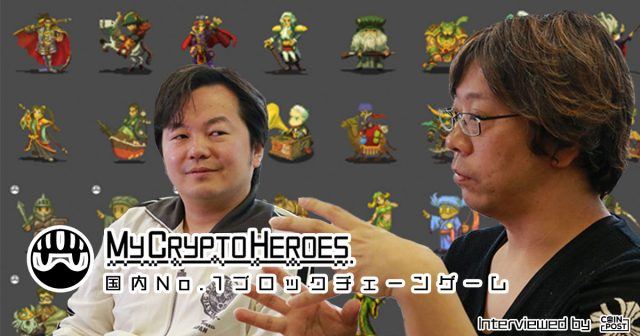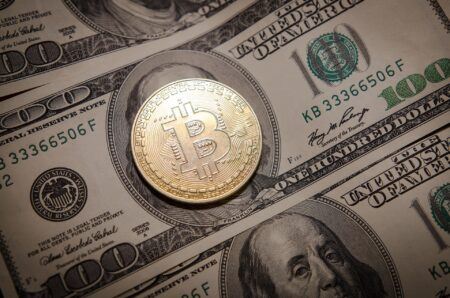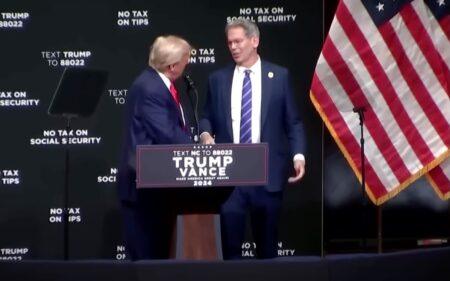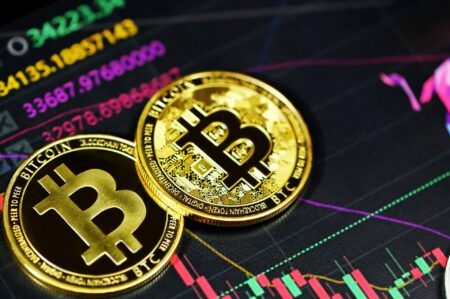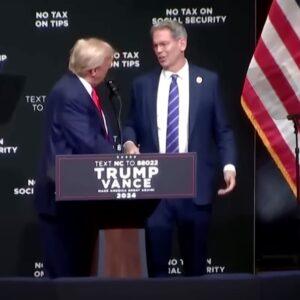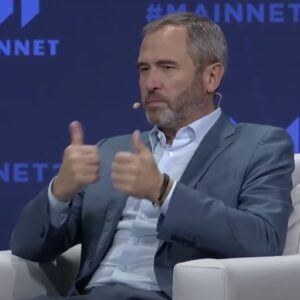Japan’s leading crypto media outlet CoinPost interviewed the CEO, Mr. Ueno, of domestic blockchain game MyCryptoHeroes – a popluar game that utilizes ether (ETH). The Interview focused on the “Shi-No-Ko-Sho Ecosystem” where their cloud sale has just begun, and looked at the plans for the expansion of blockchain games domestically and into the overseas market.
This article has been translated and abridged from the original Japanese.
How did MyCryptoHeroes start and what was your vision for the game?
Initially, I was working as a graduate at “Nomura Research Institute.” Before that, I was working at a company where we developed and distributed the social game “MobCast.”
When I joined MobCast, we were distributing a web browser social game through “Garakei” ( a flip phone) and I was responsible for platform development where we aggregated various games together. However, once the smartphone came out, I moved into developing a native application game.
Social games have a central business model call “Gacha” where the user can play a game for free but has to pay money for additional items which encourages users to spend a lot of time and money playing the game
The problem with these platforms however, was that users end up losing all their money and time once the game service ends. Looking at many games like this, I started thinking if there was room for improvement.
While I couldn’t find an appropriate business model that is more interesting and well managed without using the Gacha system in a social game, I stumbled across the idea of using a blockchain system.
Applying blockchain in a game would create a new playing style and create a new business model that allows users to own their own “asset”. Crucially, users could keep their money even after the game service had ended. This was the reason why I created “double jump.tokyo,” a specialized company of blockchain games.
How did you manage the development of your game?
Most blockchain games before 2018 struggled a lot, so we initially assumed the number of users would be quite small. Today, we have over 30,000 users which is more than we expected and DAU (Daily Active Users) keep increasing.
While we progressed through Presale, Cloud sale and General sale (after the launch), we decided that players who joined the game during the more uncertain period such as the Presale and Cloud sale, should be treated not as mere users but as stakeholders.
These players work together to support the game as partners. This leads to a community-driven development process which is totally different from the usual social game concept.
With respect to the growing user base, the first users we targeted were people who have experience trading in cryptocurrency and already had some involvement in dApps.
We thought that many people who already enjoyed the existing social games might find it difficult to get to grips with the idea of blockchain games, and they might back off if we forced them into the space.
It wasn’t a realistic idea that “we” as developers should teach new users who don’t have any experiences with dApps. So we took an approach to help those new users including the high literacy users as the central core, then media, influencers and communities.
What’s been the impact of your TV commercial?
To put it simply, I believe TV commercials have had a great impact.
It used to be that awareness of Blockchain games was very low, and some games were suspect. People even fell victim to scams.
Our goal with the TV commercial was to make people aware that Blockchain games are not suspicious or shady, but a legitimate and fun experience. In this sense, we’ve achieved our goal.
Today, what is missing in the blockchain game industry and what do you think it is necessary for the future?
Firstly, one of the great features of blockchain games is the ability to exchange assets with people over the blockchain. One problem is we don’t have enough platforms to interact with one another.
In addition, many people who are unfamiliar with cryptocurrency find it difficult to get hold of Ethereum and see many obstacles in terms of setting up wallets. etc.
Until now, we have tried everything that we can to break through.
MyCrypto was designed to be accepted globally. So we have developed our world vision by using a motif of “World History Heroes”. Also we purposely made the graphics and sound simple to be reminiscent of can the 8 bit retro games like Nintendo, harking back to the ‘golden era’ of Japanese games.
We want to evoke these memories in players who are in their 30s and 40s. But that being said, it is a narrower audience who prefers this style of game, and to really push beyond this audience, we’d need a greater variety of games.
I feel the situation now is very similar to the period where smartphones began to spread and social games came out (around 2012). During that time manufacturers of games consoles didn’t jump in or I should say couldn’t jump in to the social game industry.
They didn’t need to jump into such a small and difficult market where they were already making a good profit in their existing sector. If they jump in, they would have needed to redo the games from scratch.
Blockchain games require an ecosystem as a foundation.
I guess the chance of success for a large company goes up if they forget their existing way of thinking about the decision process and management system and purely focused on how a Blockchain game should be designed.
Either way, I guess the existing companies can still use their intellectual property (e.g. a famous character) effectively. It is also an advantage that those names can be recognised in different countries. No one is going to be as interested in new characters.

